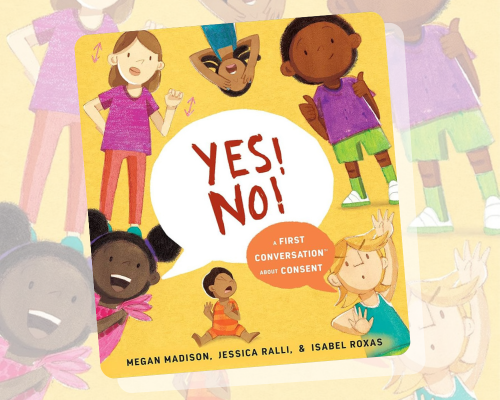“Flexible routines” are a familiar phrase in early childhood education and care (ECEC), often included in service philosophies and spoken about in reflective practice sessions.
But what does flexibility in routines actually look like in practice? Are our routines truly flexible—or are they simply routines with minor allowances?
Let’s take a deeper look at how routines can be genuinely responsive to children, the critical role of rituals, and how both support our work with children and families. Most importantly, we’ll explore how embedding flexibility into routines directly supports National Quality Standard Element 5.1.2 – Each child’s dignity and rights are maintained, and the Approved Learning Frameworks’ core practice of responsiveness to children, contributing to Outcome 1 – Children feel safe, secure and supported.
Routines vs Rituals: What’s the Difference?
Routines are often defined as “a sequence of actions regularly followed”— think nappy changes, mealtimes, rest periods.
In contrast, rituals stem from meaningful repetition. These are the comforting, often personalised elements we embed in our day-to-day — like the way a child says goodbye at drop-off, or a story before nap time. Rituals foster connection and emotional security.
Both routines and rituals have value in ECEC settings. Routines provide predictability and help children develop a sense of the day’s rhythm, while rituals provide comfort and strengthen relationships.
The Role of Flexibility in Routines
Routines are essential—but true flexibility lies in our ability to adapt them in response to the individual needs of each child. Flexibility isn’t about chaos; it’s about intentional responsiveness. This aligns directly with the Approved Learning Frameworks’ principle of responsiveness to children, which recognises that children are capable, competent and have agency.
When routines are too rigid, they risk undermining this principle. For example:
- Do we feed a hungry child only during the scheduled mealtime?
- Do we delay a nappy change because it’s not on the chart yet?
- Or do we respond in a way that maintains the child’s dignity and supports their wellbeing?
Meeting children where they’re at—including honouring their physiological needs like hunger, rest and toileting—is central to upholding their rights and promoting secure attachments (NQS Element 5.1.2).
Reflective Questions to Consider
Use these questions as a tool for critical reflection with your team.
| Who are the routines serving—educators, children, or families? How might they look different for each? |
| How do I respond to sudden changes in routine? Does this impact my wellbeing or practice? |
| What does “flexible” mean in our context? Is this reflected in our service’s philosophy? |
| What parts of the routine are non-negotiable, and where is there room for flexibility? |
| How does our team support multiple children with varying routine needs, particularly infants aged 0–18 months? |
| How do we discover and incorporate the routines and rituals of families into our daily program? |
Practical Strategies to Embed Flexibility
Being flexible doesn’t mean letting go of structure—it means allowing space for individual rhythms within it. Here are some ideas:
| Idea | Description |
|---|---|
| Mealtimes | Children have varied appetites. If a child is hungry outside of regular mealtime, offer a nutritious option. If a child wakes late from rest and misses lunch, save and reheat it safely before offering afternoon tea. |
| Snack Access | Consider having accessible snacks (e.g., whole fruit, toast) available throughout the day. Yes, this can be messy—but it’s also an opportunity to build rituals around food preparation and hygiene. |
| Sleep, Rest and Relaxation | Rather than restricting rest to a set time, design quiet spaces where children can relax as needed. Ensure these areas are large enough for proper rest—not just small corners—and include options for calming, sensory-rich activities. |
| Reactions Matter | Our responses shape a child’s sense of emotional safety. If a child expresses a need that falls outside the routine, how do you respond? Do they feel heard and supported, or dismissed? |
| Team Collaboration | Use shared documents or communication tools to record individual routine or ritual preferences, ensuring all educators can respond consistently and confidently. |
Final Thoughts
Embedding flexibility into routines isn’t just best practice—it’s an ethical commitment to seeing children as whole people, with rights, needs and preferences. It builds trust, deepens relationships and contributes to an environment where children feel truly safe, secure and supported.
As you reflect on your current routines, consider how you can stretch without breaking—how you can bend to meet children’s needs while still providing the structure that helps them thrive.



